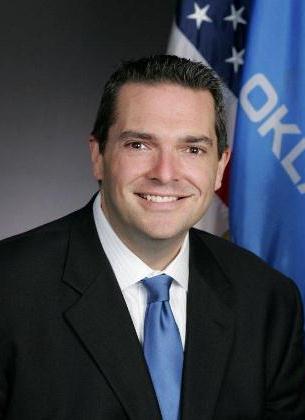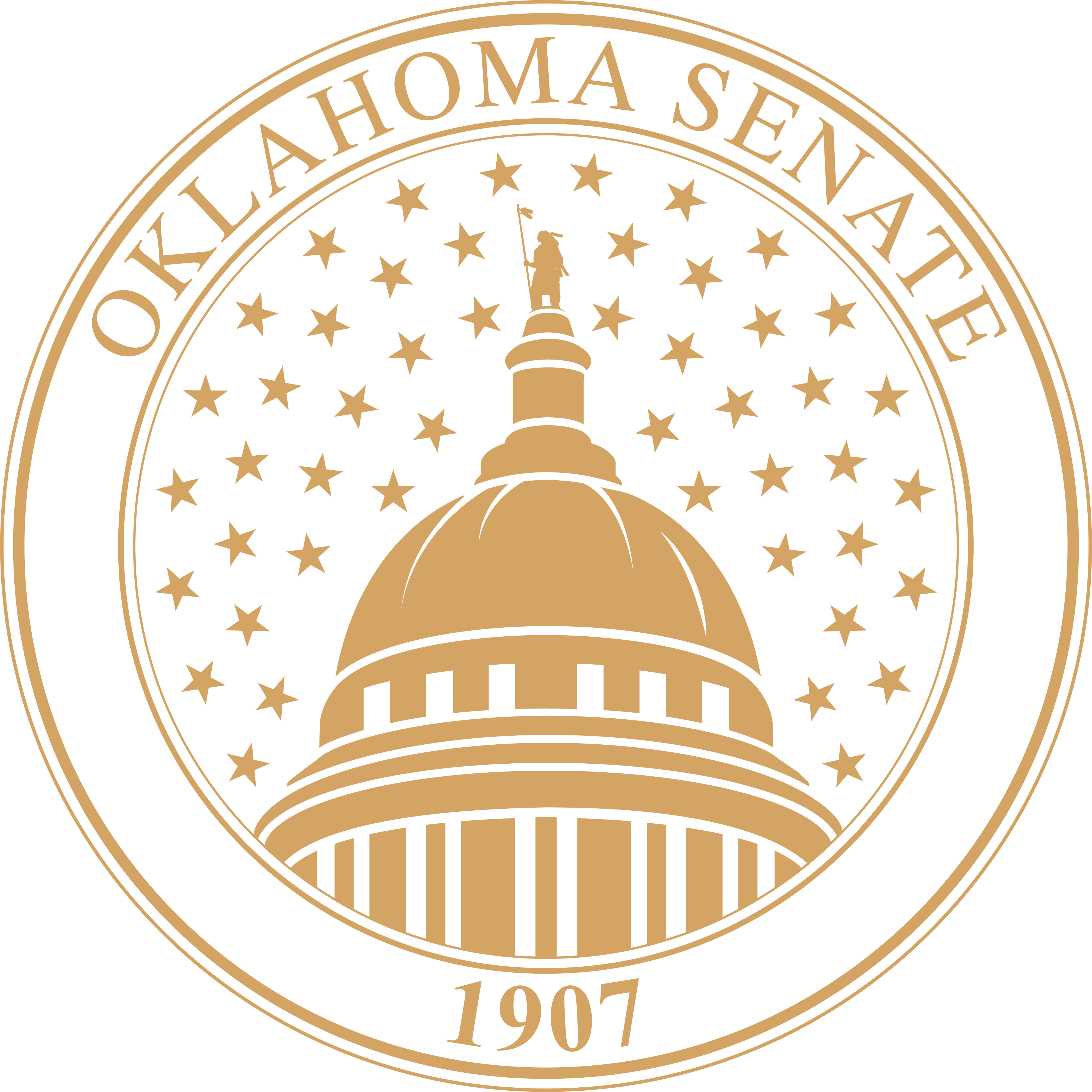Senate committee approves additional measures to better protect core services
 Sen. Clark Jolley
Sen. Clark Jolley
The Oklahoma Senate Joint Committee on Appropriations and Budget Thursday approved three additional measures aimed at helping close the budget gap for the 2017 fiscal year budget. The measures approved by the committee reform various tax credits and incentive programs, generating new revenues for the state.
Appropriations Chairman Clark Jolley said between the various bills reforming tax credits and preferences as well as those aimed at reforming the budget process approved by JCAB in the last two weeks and as those approved on the floor, these measures could generate more than $400 million in FY 2017.
“We still have more measures to consider, and we’ll be voting on those in the coming days,” said Jolley, R-Edmond. “Every dollar that we generate through these budget and tax preference reforms means we are better able to shield education, public safety, healthcare and mental health programs—the core services that are so critical to Oklahomans in every community of our state.”
The measures passed by the committee on Thursday include:
SB 1604, which makes the earned income tax credit nonrefundable. Currently this can be claimed by individuals who pay nothing in state taxes as well as those with tax liability. If approved, those who owe taxes could still claim this credit. This change would generate $28,910,000, with $24,573,500 for the General Revenue Fund (GRF).
SB 1606, which eliminates the “double deduction.” Taxpayers who itemize on federal returns may deduct certain state and local taxes paid. This change would require the amount of state and local sales and income taxes deducted at the federal level to be added back to Oklahoma income on state returns. Nearly every state in the country does not allow this deduction at the state level for simply paying your state taxes. This reform will only affect tax filers who itemize their deductions. These taxpayers are typically middle- to high-income earners. This would generate $97,302,000, of which $83,348,893 would go to GRF.
SB 1605, which eliminates the child care facility credit. This credit is for the facility itself and the owners. This would mean a difference of $129,000, with $110,321 going to GRF.
 Oklahoma Senate
Oklahoma Senate

